Peter Gabriel 1977 debut album
Buy Draw the Line After departing from Genesis, the group he founded and fronted for nearly a decade, Peter Gabriel slowly worked his way into launching a solo career. His 1977 debut album […]
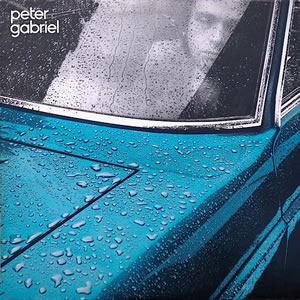
Buy Draw the Line After departing from Genesis, the group he founded and fronted for nearly a decade, Peter Gabriel slowly worked his way into launching a solo career. His 1977 debut album […]

Buy The Stranger There is a bit of irony in The Stranger being our selection as Album of the Year for 1977. Don’t get me wrong, this is a great album by Billy Joel. […]
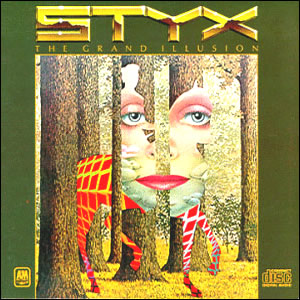
Buy The Grand Illusion Although it was seventh overall studio album for the band, The Grand Illusion was the second album from Styx to head towards a more radio-friendly direction. The Chicago based […]
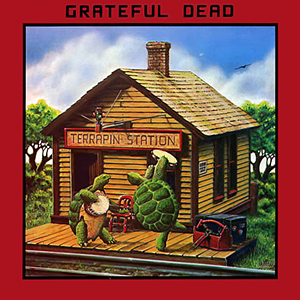
Buy Terrapin Station By the mid 1970s, the fiercely independent Grateful Dead decided to make a radical turn towards more conventional music business practices. Foremost in this new direction was the decision to […]
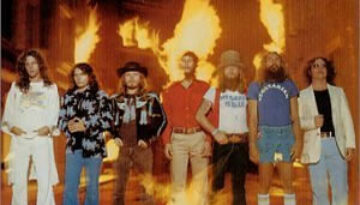
Buy Street Survivors The fifth and final studio album during the brief classic era of Lynyrd Skynyrd, Street Survivors was released just three days before the crash of Lynyrd Skynyrd’s touring plane which […]
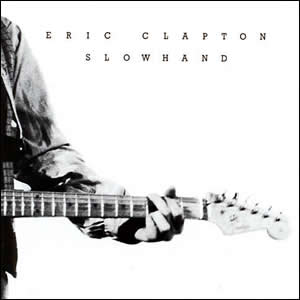
Buy Slowhand 1977’s Slowhand was the pinnacle of Eric Clapton’s pop-rock phase during the late seventies, fusing well-crafted rockers, ballads, alt country, and blues numbers. The album came a few years into Clapton’s […]
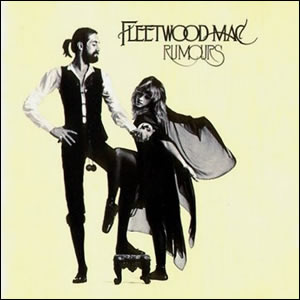
Buy Rumours It took the band Fleetwood Mac ten albums and many lineup shifts to achieve mainstream commercial success, but the group got there with their 1975 eponymous release. This was the first […]
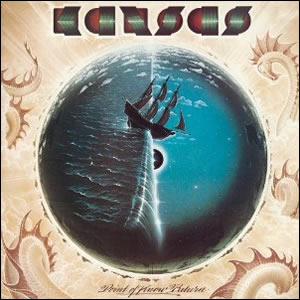
Buy Point of Know Return In 1977 while most classic rock artists were migrating towards simple, accessible music, Kansas was one of the last stubborn holdouts to compose pure prog rock. Although the […]
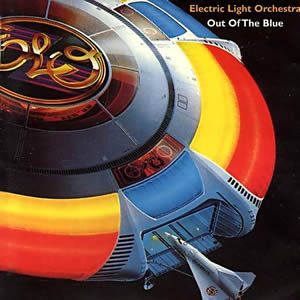
Buy Out of the Blue Out Of the Blue was the seventh album by Electric Light Orchestra (ELO), which began its life in the Swiss Alps after the band wrapped up it’s New […]
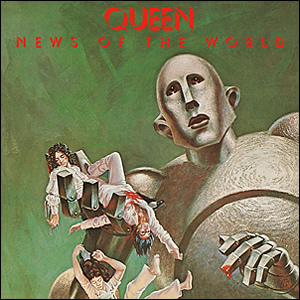
Buy News Of the World News Of the World was recorded and released in the heart of Queen’s most prolific and creative era and may be the band’s most balanced album. It bridges […]